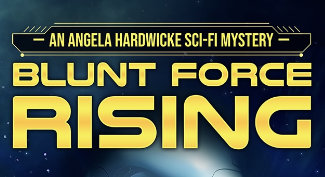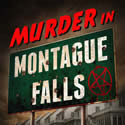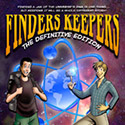Given the nature of the way I write, I spend a lot of time–and usually have the most fun with–character interaction. Dialogue. I like the back and forth. The banter. It comes naturally to me. It’s fun.
But sometimes a section needs more action, or more description and I need to take a step back. And in some sections, geography is necessary, whether it’s as basic as the layout of a room, or a little bit pulled back, such as the layout of a section of town, or even pulled back more, such aGiven the nature of the way I write, I spend a lot of time–and usually have the most fun with–character interaction. Dialogue. I like the back and forth. The banter. It comes naturally to me. It’s fun.
But sometimes a section needs more action, or more description and I need to take a step back. And in some sections, geography is necessary, whether it’s as basic as the layout of a room, or a little bit pulled back, such as the layout of a section of town, or even pulled back more, such as the country borders, and even the planets, galaxies and constellations.
This where I need a little backup. In order for me to write with the most freedom and confidence where geography and borders are necessary, I need to see it in my mind. I need to visualize what I’m looking at so that I can write about it. Sometimes I refer to actual maps, whether street or city maps. That helps. Sometimes I use photo reference. Either I’ll pull out photos from my own collection, or do Google searches for images. Anything visual so I can form a picture.
But sometimes the maps I need don’t exist. If I’m inventing a new place, well, it doesn’t exist other than in my mind. And in those cases, it’s a little tough to refer to a map that hasn’t been created yet!
And these are the times when my inner voice says, "Map it out, b**ch." Which is my way of telling myself to just hunker down and do the dirty work of going slow, and physically drawing maps, creating a visual element I can refer to. In these cases I need to create maps–such as they are–so that I can "see" what I’m writing about. I need to have a diagram of the physical landscape in front of me to so I can picture where scenes take place in relation to one another.
This usually takes a few versions for me to get it right, because 1) I’m a lousy artist, 2) I’m not always sure about what actually works, if I’m obeying the laws of physics and 3) I’m not always sure about what makes sense given what’s going on in the scene, so the layout might change as I realize it works better one way compared to another.
So even though I’m a bit challenged when it comes to creating the physical elements I need, I find the process significant, as it helps me think about plot, sequence and dialogue because the scene becomes more real. Once I can "see" it, I can jump in. It’s like I’m there. I have this diagram or map to refer to, running my finger down the lines and realizing that the centerpiece table can’t fit where I had it because it’s too close to the door, or a river that I had running east/west should actually flow north/south.
I’ve always like maps, which isn’t to say that I’m any kind of map expert, because I’m not. Although I’ve discovered through sheer trial and error that maps make me a better writer, because they force me to deal with whatever reality I’ve created. Once I can see it, I can write about it. And that’s where the fun begins.
Post edited by: rcolchamiro, at: 2008/10/28 21:26





